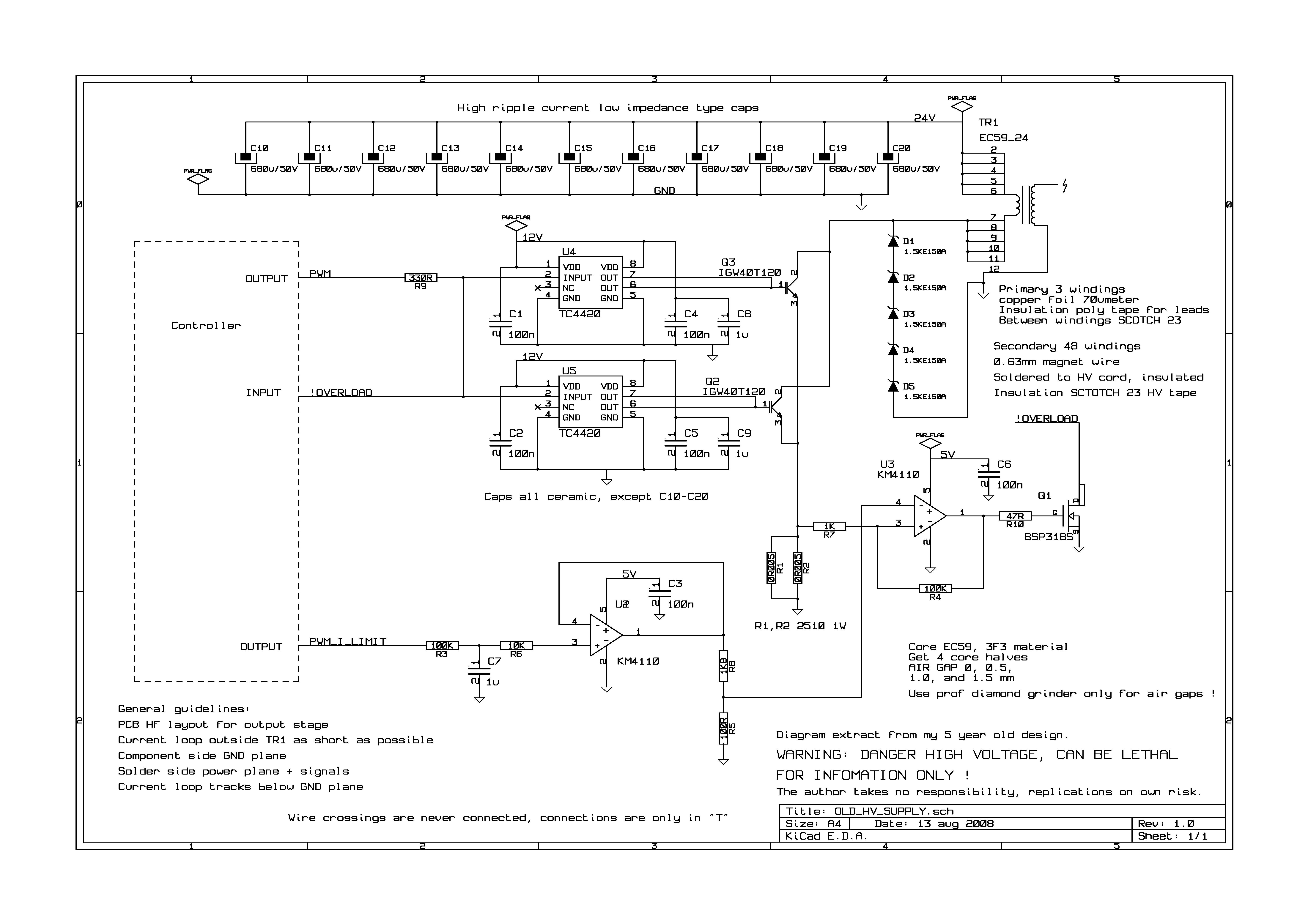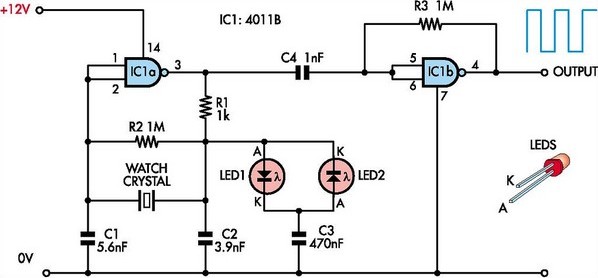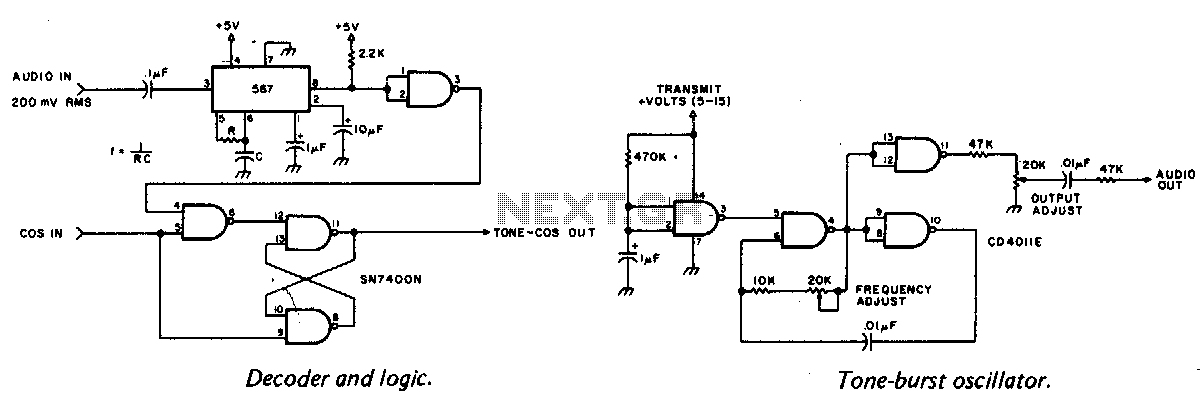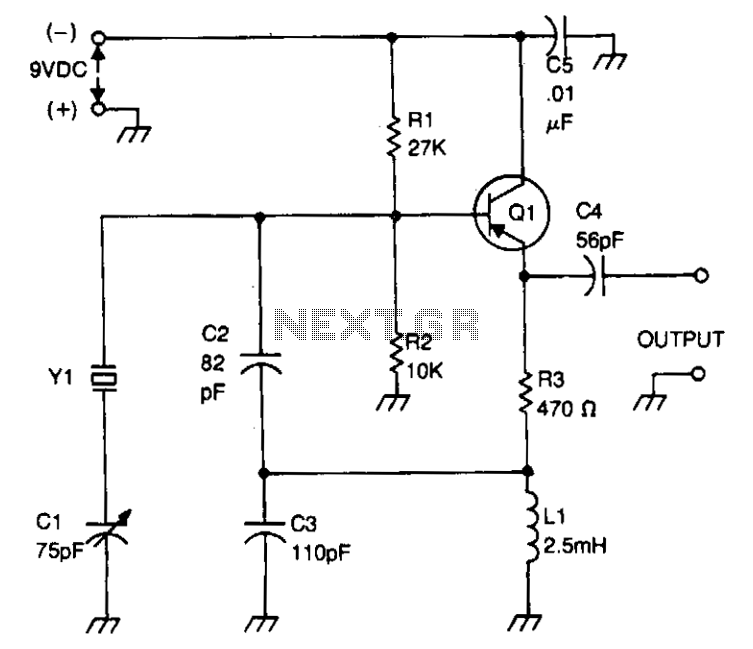
Radiant Oscillator

This circuit operates at 36V with a current of 500mA on the front side, while it features a 36V charging capability on the back side. The brightness is comparable to that of a 240V light bulb, considering it is rated at 20 watts.
The described circuit appears to be a power supply or lighting system that utilizes a 36V input, drawing a current of 500mA to achieve a certain luminosity. The front section of the circuit likely includes a light-emitting component, such as an LED array or a compact fluorescent lamp, designed to produce brightness equivalent to a traditional 240V incandescent bulb. This suggests an efficient design, as the 20-watt rating indicates that the circuit is optimized for lower power consumption while delivering substantial light output.
The back section of the circuit incorporates a charging mechanism, which is essential for maintaining the operation of the system, particularly if it is intended for portable applications or battery-powered devices. This charging circuit may include components such as a voltage regulator, a rectifier, and possibly a battery management system to ensure safe and efficient charging.
Overall, the design emphasizes efficiency, with the ability to operate at a lower voltage while still achieving high brightness levels, making it suitable for various applications where energy conservation is a priority. The integration of a charging capability further enhances its functionality, allowing for continuous operation without the need for frequent battery replacements.here is a pic running 36v 500ma on the front, 36v charging on the back. Brightness is approaching level of a 240v globe, considering its a 20 watt.. 🔗 External reference
The described circuit appears to be a power supply or lighting system that utilizes a 36V input, drawing a current of 500mA to achieve a certain luminosity. The front section of the circuit likely includes a light-emitting component, such as an LED array or a compact fluorescent lamp, designed to produce brightness equivalent to a traditional 240V incandescent bulb. This suggests an efficient design, as the 20-watt rating indicates that the circuit is optimized for lower power consumption while delivering substantial light output.
The back section of the circuit incorporates a charging mechanism, which is essential for maintaining the operation of the system, particularly if it is intended for portable applications or battery-powered devices. This charging circuit may include components such as a voltage regulator, a rectifier, and possibly a battery management system to ensure safe and efficient charging.
Overall, the design emphasizes efficiency, with the ability to operate at a lower voltage while still achieving high brightness levels, making it suitable for various applications where energy conservation is a priority. The integration of a charging capability further enhances its functionality, allowing for continuous operation without the need for frequent battery replacements.here is a pic running 36v 500ma on the front, 36v charging on the back. Brightness is approaching level of a 240v globe, considering its a 20 watt.. 🔗 External reference





